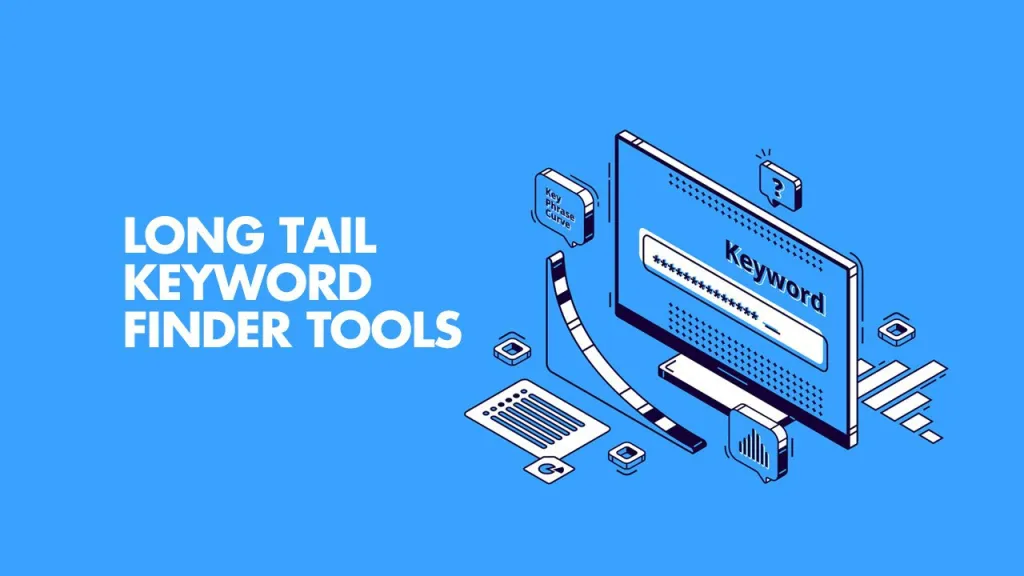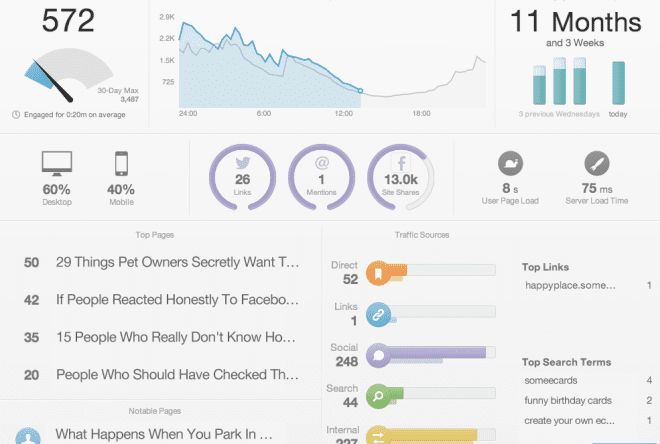In the dynamic realm of the digital landscape, establishing a robust online presence demands a nuanced understanding of search engine optimization (SEO) and lead generation strategies. Whether you’re a seasoned webmaster or embarking on your digital journey, the following comprehensive guide addresses ten pivotal questions individuals often pose about elevating website traffic and generating organic leads. Each inquiry is unpacked with detailed insights, practical examples, and code snippets where applicable, providing you with a thorough understanding of the intricacies involved.
Article Summary Table
| Question | Key Insights |
| 1. How to optimize my website for search engines? | Conduct keyword research, integrate keywords into content, meta tags, and use HTML heading tags. Optimize images with descriptive alt text. |
| 2. What role does content play in driving organic traffic? | Regularly update with high-quality content, diversify with media, and encourage social sharing. Embed videos and make content shareable. |
| 3. How important is website speed in SEO and lead generation? | Optimize images, leverage browser caching, and use CDNs to improve website speed. Monitor performance with tools like Google’s PageSpeed Insights. |
| 4. What role do backlinks play in organic lead generation? | Backlinks are crucial for SEO and credibility. Earn high-quality backlinks through guest posting and shareable content. Regularly monitor and disavow toxic links. |
| 5. How can social media contribute to website traffic and leads? | Actively share content on relevant platforms, engage with the audience, and utilize social media advertising. Encourage social sharing for increased visibility. |
| 6. What are the benefits of using long-tail keywords in content? | Long-tail keywords attract niche audiences. Incorporate them naturally into content for better targeting. Use tools like Ubersuggest or Ahrefs for keyword research. |
| 7. How can I improve the user experience on my website? | Ensure mobile-friendliness, easy navigation, and an appealing design. Optimize layout and design, and streamline conversion processes with clear CTAs. |
| 8. Is it important to have a mobile-responsive website for SEO? | Yes, Google prioritizes mobile-friendly sites. Use responsive design principles to adapt to different devices and screen sizes. |
| 9. How can I leverage email marketing to drive website traffic? | Build a subscriber list, send personalized emails with clear CTAs, and utilize compelling subject lines. Segment and personalize emails for better engagement. |
| 10. What analytics tools can help track website traffic and performance? | Use Google Analytics to track user behavior, traffic sources, and KPIs. Implement event tracking for specific actions on your site. Use the insights for data-driven decision-making. |
1. How can I optimize my website for search engines?

To initiate your journey into SEO, meticulous keyword research is paramount. Utilize tools like Google Keyword Planner or SEMrush to identify relevant terms in your industry. Incorporate these keywords organically into your content, meta titles, and descriptions. The HTML code snippet below demonstrates effective keyword integration:
<p>Optimize your website for search engines by incorporating relevant keywords.</p>
Additionally, structure your content with HTML heading tags (<h1>, <h2>, etc.) to enhance readability and signal content hierarchy to search engines.
When optimizing images, ensure descriptive alt text is added:
<img data-lazyloaded="1" src="data:image/gif;base64,R0lGODdhAQABAPAAAMPDwwAAACwAAAAAAQABAAACAkQBADs=" decoding="async" data-src="example.jpg" alt="Descriptive text about the image">
This strategic approach lays the foundation for improved search engine visibility.
2. What role does content play in driving organic traffic?

Compelling content serves as the lifeblood of a successful website. Regular updates with high-quality, relevant content such as blog posts and articles are essential. Diversify your content by incorporating engaging media like images and videos. For example, embed a video seamlessly:
<iframe data-lazyloaded="1" src="about:blank" width="560" height="315" data-litespeed-src="https://www.youtube.com/embed/example" frameborder="0" allowfullscreen></iframe>
Facilitate social sharing by adding buttons and encouraging readers to share valuable content. This not only enhances your reach but also contributes to valuable backlinks.
3. How important is website speed in SEO and lead generation?

Website speed is a critical factor influencing user experience and SEO rankings. A slow-loading site can lead to higher bounce rates and diminished search engine rankings. Optimize images, leverage browser caching, and employ Content Delivery Networks (CDNs) to enhance load times. The following code snippet exemplifies optimizing images with alt text:
<img data-lazyloaded="1" src="data:image/gif;base64,R0lGODdhAQABAPAAAMPDwwAAACwAAAAAAQABAAACAkQBADs=" decoding="async" data-src="example.jpg" alt="Descriptive text about the image">
Tools like Google’s PageSpeed Insights offer valuable guidance on further improvements.
4. What role do backlinks play in organic lead generation?

Backlinks are the currency of online credibility. Earning high-quality backlinks from reputable websites in your industry is paramount. Employ strategies such as guest posting and creating shareable content. Regularly monitor your backlink profile using tools like Moz or Ahrefs, addressing toxic links promptly to maintain a healthy link profile.
5. How can social media contribute to website traffic and leads?

Social media platforms serve as dynamic channels for driving traffic and generating leads. Actively share your content across relevant channels, engaging with your audience and encouraging social sharing. Leverage social media advertising to target specific demographics, directing traffic to your website strategically.
In the following sections, we delve deeper into each of these questions, providing additional insights, examples, and code snippets to empower you in the pursuit of optimizing your website and generating organic leads. Whether you’re looking to ascend search engine rankings or innovate your lead generation approach, this guide equips you with the knowledge needed to fortify your online presence.
6. What are the benefits of using long-tail keywords in content?

Long-tail keywords, characterized by their specificity, play a crucial role in attracting niche audiences. Integrating these keywords naturally into your content can significantly increase your organic traffic. Conduct thorough keyword research using tools like Ubersuggest or Ahrefs to identify relevant long-tail keywords specific to your industry. Here’s an example of incorporating long-tail keywords into content:
<p>Captivate niche audiences by incorporating specific long-tail keywords into your content.</p>
By tailoring your content to address the specific needs of your audience, you enhance your chances of ranking higher in targeted search results.
7. How can I imrove the user experience on my website?

Creating a positive user experience is pivotal for retaining visitors and converting leads. Ensure your website is not only mobile-friendly but also easy to navigate. Optimize your website’s layout and design for clarity, and streamline the conversion process with clear calls-to-action (CTAs). Consider the following HTML for an effective CTA button:
<button type="button">Sign Up Now</button>
Striving for a seamless and intuitive user journey encourages prolonged engagement and increased conversion rates.
8. Is it important to have a mobile-responsive website for SEO?

Absolutely. A mobile-responsive website is a non-negotiable element for SEO success. Google prioritizes mobile-friendly sites in search results, reflecting the growing trend of users accessing the internet on mobile devices. Ensure your website adapts seamlessly to different screen sizes and devices, employing responsive design principles:
<meta name="viewport" content="width=device-width, initial-scale=1.0">
By prioritizing mobile responsiveness, you not only enhance your SEO but also cater to the evolving habits of your audience.
9. How can I leverage email marketing to drive website traffic?

Email marketing remains a potent tool for driving repeat traffic and nurturing leads. Build a subscriber list by offering valuable content and incentives. Craft targeted, personalized emails to promote new content, special offers, or updates. A compelling subject line coupled with a clear call-to-action can significantly impact click-through rates. Here’s an example:
<p>Unlock exclusive content! Subscribe to our newsletter now.</p>
Personalization and segmentation further enhance the effectiveness of your email campaigns, fostering a stronger connection with your audience.
10. What analytics tools can help track website traffic and performance?

Utilize analytics tools to gain invaluable insights into your website’s performance. Google Analytics is a robust tool providing information on user behavior, traffic sources, and conversion rates. Track key performance indicators (KPIs) such as bounce rate, time on page, and conversion rates. Below is an example of tracking an event in Google Analytics:
<script type="litespeed/javascript"> gtag('event','click',{ 'event_category':'CTA', 'event_label':'Sign Up Button'
}); </script>
Leveraging these analytics tools empowers you to make data-driven decisions, continually optimize your website, and refine your strategies for better results.
Ready to take your online presence to the next level and boost your business? Our team is here to turn your dreams into a digital reality! From crafting user-friendly and SEO-optimized websites to devising creative digital marketing strategies, we’ve got you covered. The insights shared in our comprehensive guide are just the beginning—imagine what we can achieve together. Let’s chat about your website development and marketing needs. Reach out today, and let’s make your online journey as exciting and successful as it can be. Your digital adventure starts with a friendly hello from us! 🚀✨
Frequently Asked Questions (FAQ)
What are the essential metrics to monitor in Google Analytics?
Key metrics in Google Analytics include bounce rate, time on page, pageviews, and conversion rates. Additionally, analyze traffic sources, user demographics, and behavior flow. These metrics provide insights into user engagement, the effectiveness of your content, and areas for improvement.
How can I measure the success of my email marketing campaigns?
Success in email marketing can be measured through key metrics like open rates, click-through rates, conversion rates, and the overall growth of your subscriber list. Use these metrics to refine your strategies, test different approaches, and continually improve the effectiveness of your campaigns.
Should I prioritize desktop or mobile optimization?
Both desktop and mobile optimization are crucial. Google prioritizes mobile-friendly sites, but desktop users still exist. Ensure a responsive design that adapts seamlessly to various devices. Regularly test and optimize for both desktop and mobile experiences.
What’s the ideal frequency for updating website content?
Regular updates are essential for SEO, but there’s no one-size-fits-all frequency. It depends on your industry, content type, and audience. Strive for consistency and focus on quality. Monitor engagement metrics to gauge the optimal content update frequency.
Are all backlinks equally valuable?
No, not all backlinks are equal. High-quality backlinks from authoritative and relevant websites carry more weight than low-quality or spammy ones. Focus on earning backlinks from reputable sources within your industry to build credibility and improve SEO.
Can I use the same keywords for every piece of content on my website?
While core keywords may remain consistent across your site, it’s essential to diversify and use variations. Tailor keywords to specific content and audience intent. This approach not only improves SEO but also enhances the relevance of your content to different user queries.
How long does it take to see results from SEO efforts?
SEO is an ongoing process, and the timeline for results can vary. While some improvements may be noticeable in a few weeks, significant changes may take several months. Consistent efforts in content creation, optimization, and link building contribute to long-term success.







